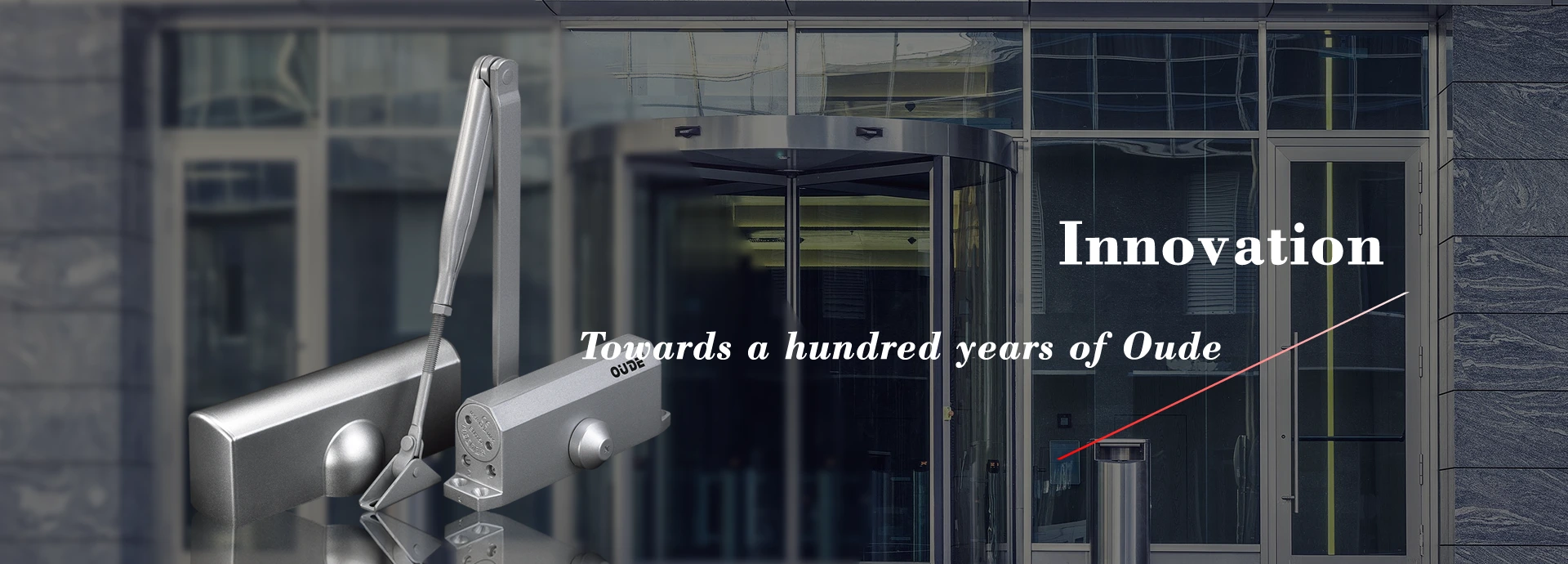
Automatic door closers ensure doors close automatically and safely. Key types include overhead surface-mounted, concealed, and hydraulic closers with features like motion sensors and adjustable controls.
Automatic door closers are invaluable access control devices that smoothly close doors without manual intervention after use. They come in various configurations and offer helpful features to make ingress/egress more convenient, safe, and secure.
Let’s examine the most common closer types and functionality available.
Automatic door closers are self-contained mechanisms that exert controlled force on a door to reliably return it to the fully closed position after being opened either manually or electronically. This avoids doors inadvertently left ajar. Units mount to the door header or jamb and connect to the door via sliding arm linkage. An automatic door closer hinge is often utilized in this setup.
A spring or hydraulic system provides the closing force that can be adjusted for different door sizes and applications. Electric models also facilitate touchless, automated operation.
Here are a few key types of automatic closers:
| Type | Description | Best For |
| Overhead Surface-Mounted | Surface-mounted units on the door header or jamb. Simple and economical. | Low to moderate-frequency doors |
| Concealed Closers | Embedded in the frame for minimal visual impact; only the arm is visible when open. | High-traffic wood or metal doors |
| Hydraulic with Electronic Control | Combines hydraulic closers with electric assist for touchless operation. | Automatic and manual use |
| Low-Energy Operators | Requires minimal manual force; enhances accessibility. | Disabled acces |
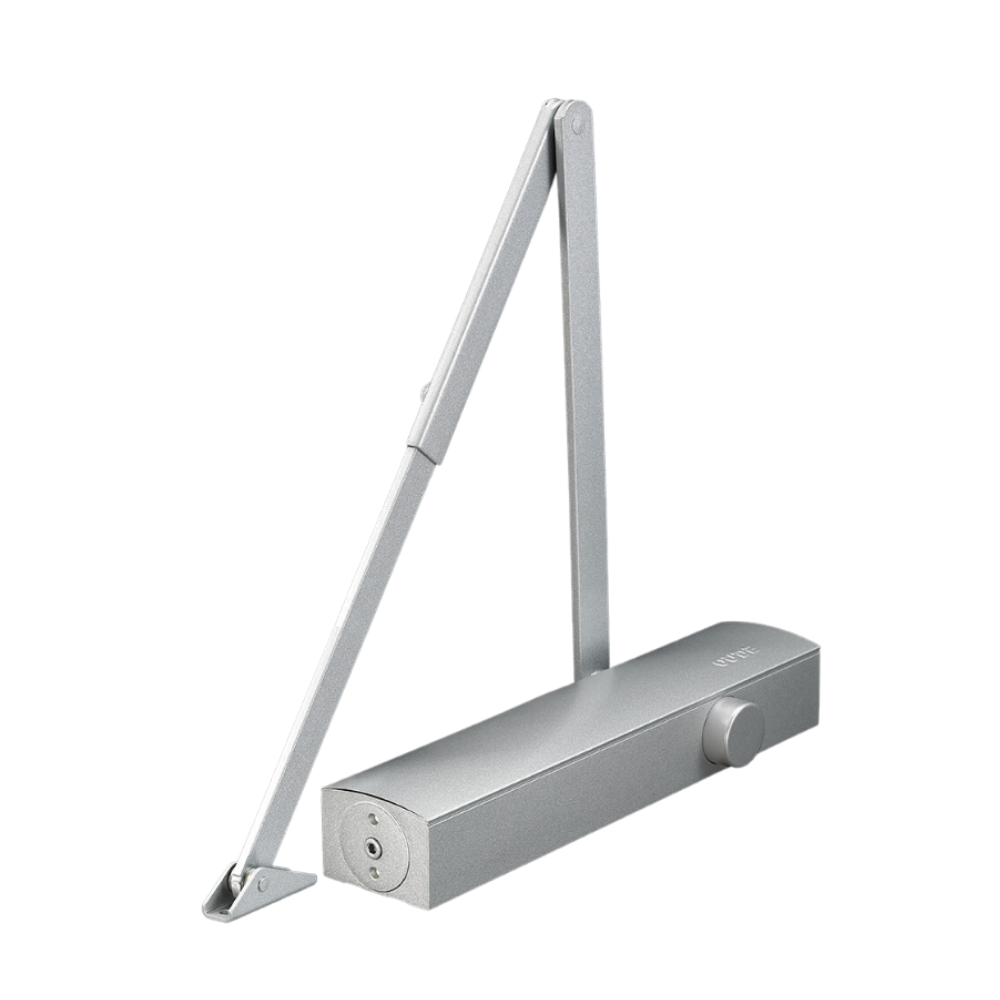
The most universally recognizable closer style, these self-contained surface-mounted units attach to the door header or jamb without embedding into the frame. Simple and economical, they are suitable for low- to moderate-frequency aluminum or hollow metal doors.
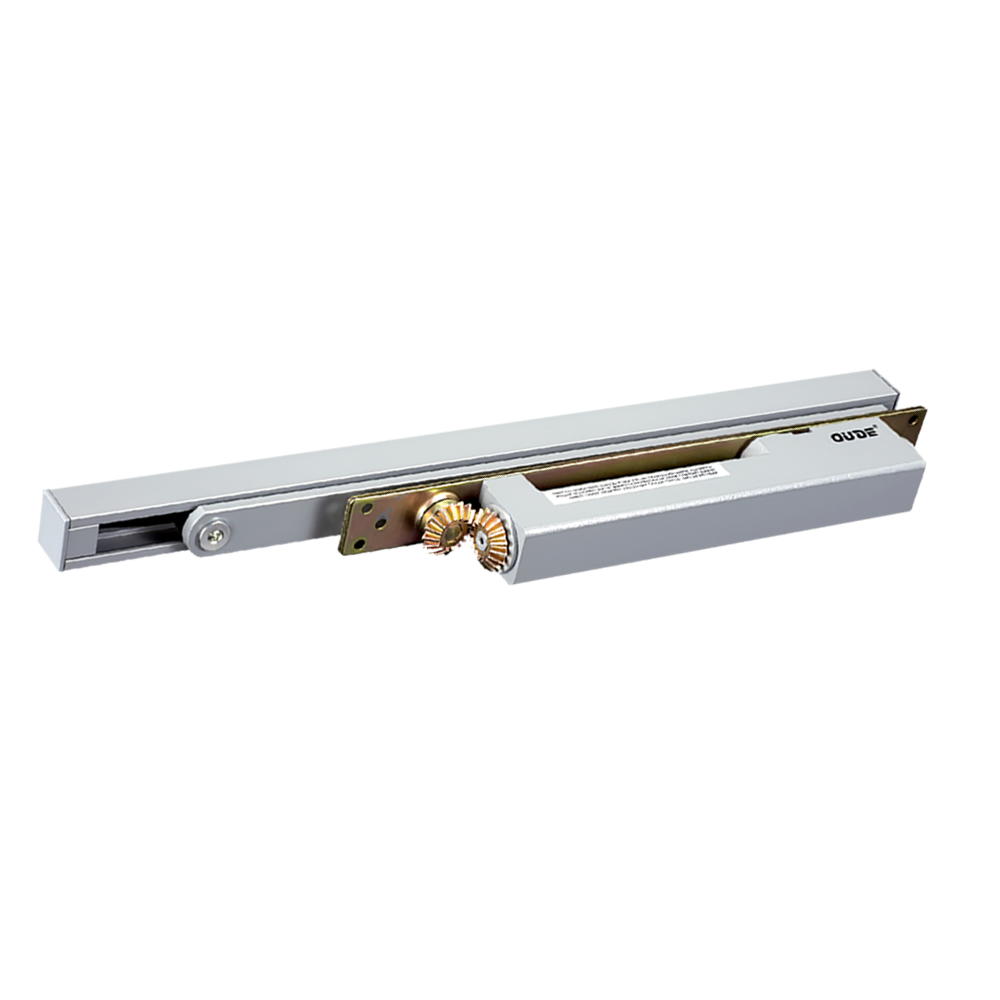
For more aesthetic integration with minimal visual intrusion, concealed closers embed into mortises in the door frame or overhead structural header. Only the arm is visible when the door is open. They suit wood or metal doors that see constant daily traffic.
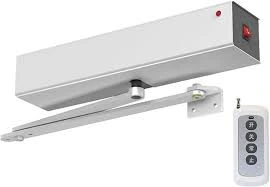
Hydraulic closers paired with electric power-assist modules provide touchless automated function alongside manual operation. Push buttons, receivers, or sensors activate the electric operator to open the door, while the hydraulic closer takes over to latch it shut.
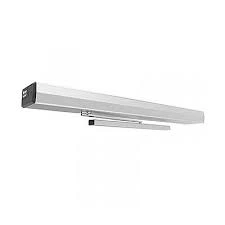
Advanced low-energy operators require only minimal manual push force to activate automated opening. Once movement is detected, the unit fully powers the door open. This enhances accessibility, especially for the disabled.
Today’s closers do much more than just passively slam doors shut. Several available features enhance flexibility, access, and safety:
Specialized delayed-action closers also provide extra time for safe passage before closing in nursing homes and ADA applications. Discuss your facility’s unique requirements with experienced access control professionals to identify the optimum closer types and functionality to safely meet the needs of pedestrians and occupants. An automatic door closer hinge can significantly enhance the efficiency and safety of your doorway systems.
For tailored solutions and expert advice, reach out to OUDE today. Let us help you create a safer and more accessible environment for everyone.




